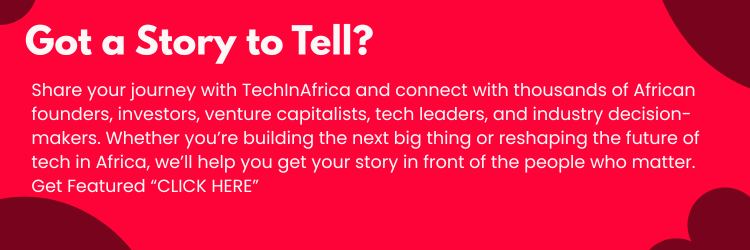The insurance industry in Africa is experiencing significant transformation, driven by evolving consumer needs, technological advancements, and shifting demographics.
A key demographic group propelling this change is the Millennials generation, born between 1982 and 1994. Market research from IMARC Group projects that the African insurance industry will grow by 6.3 percent between 2024 and 2032, following a valuation of $87.4 billion in 2023.
“Millennials have a substantial role in Africa’s insurance growth, as they begin to establish families and acquire property,” explains Mulenga Kashiwa, technical underwriting senior manager at Hollard International.
“Millennials in Africa are now in their 30s to early 40s, a phase often associated with significant life changes such as starting families, buying property, and planning for the future,” he explains. “These milestones naturally lead to a heightened need for insurance products, including health, life, and property insurance.”
“Unlike previous generations, Millennials have a greater appreciation for the role of insurance in securing their financial future and protecting their assets. However, the trend has shown that they are demanding more from insurers, including flexibility in product design and premiums aligned with their specific financial needs,” says Kashiwa.
Hollard International notes that affordability and a lack of tailored insurance products meeting this generation’s unique needs have led to a significant gap in insurance penetration among Millennials.
The South African market outshines its sub-Saharan counterparts in terms of insurance purchases, with expectations to achieve a gross written premium of $82.07 billion this year. This growth is primarily driven by life insurance, which is forecasted to reach a market volume of $52.59 billion in the same period, as reported by Statista. There is substantial growth potential in other sub-Saharan African countries.
According to the 2022 Gap Study by the Association for Savings and Investment South Africa (ASISA), individuals aged between 30 and 39 are typically under-insured by around $76,076. This underscores the need for appropriate products, pricing strategies, and awareness campaigns. Similar trends could be replicated across the continent.
Kashiwa states, “Millennials, with their diverse lifestyles and varied risk exposures, increasingly demand more flexible and responsive insurance solutions. For example, traditional motor insurance products, which once assumed consistent usage patterns, must now adapt to varied scenarios, such as weekend-only driving or reduced weekday commutes, especially considering the realities of working from home and hybrid work models. Pay-as-you-use models and other innovative solutions can better accommodate the new realities faced by this market segment.”
To effectively cater to Millennials and harness the potential growth of the insurance industry in Africa, the industry must evolve by leveraging data and technology. This approach will help inform the design and offerings of products tailored to different market segments, thereby meeting their specific demands.
Companies that will dominate the insurance landscape are those investing in data mining and analytics to gain a deeper understanding of customer behavior and preferences. These companies are the ones poised to capitalize on the growth opportunities presented by Millennials.
Kashiwa asserts that by developing robust data analytics capabilities, insurers can redesign their products to better align with the actual needs of their customers, rather than offering generic solutions.
Improving data quality and addressing the asymmetry between insurers and the public remains crucial. Industries like ride-hailing services, such as Uber, have excelled in understanding consumer patterns and preferences, offering valuable lessons for the insurance industry. By adopting similar approaches, insurers can enhance their customer insights and product offerings, catering to the industry’s diverse market segments,” he says.
“While it is not feasible to use the same insurance product designs and models in Zambia as we would in South Africa, Namibia, Mozambique, Kenya, etc., due to varying levels of insurance penetration, we can optimize data to become more responsive to customer needs and expand the penetration of insurance products across the continent,” argues Kashiwa.
“As insurance plays a vital role in creating better futures, the industry must focus on developing innovative, flexible, and affordable products that can bridge the existing gaps. This approach will protect our economies, fully unlock the growth prospects of the insurance industry across the continent, and contribute to economic stability and sustainability. It is essential to create better futures for the millions of people across the continent who remain uninsured or under-insured,” Kashiwa said.





